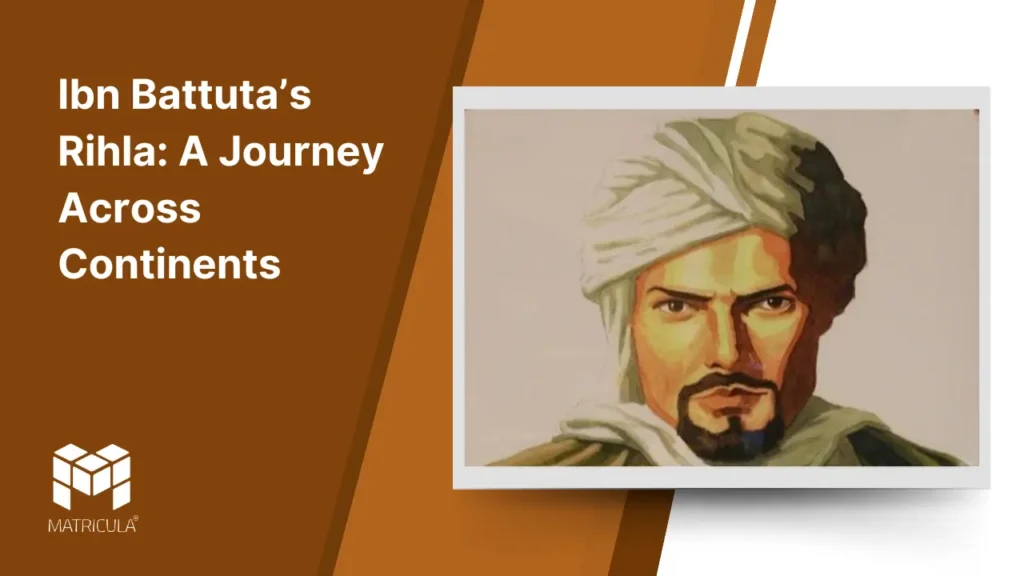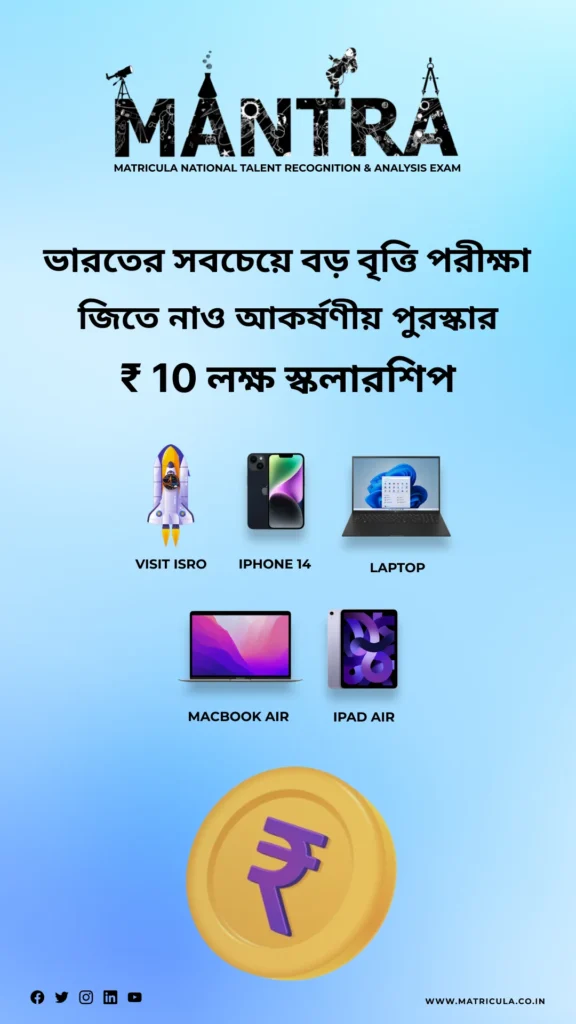Ibn Battuta, a name synonymous with one of the most remarkable travel accounts in history, was a Moroccan scholar and explorer who ventured across the Islamic world and beyond during the 14th century. His journey, recorded in the famous book Rihla (which means “The Journey”), offers a detailed narrative of his travels, spanning nearly 30 years and covering over 120,000 kilometers across Africa, the Middle East, Central Asia, India, Southeast Asia, and China.
The Beginnings of the Journey
Ibn Battuta was born in 1304 in Tangier, Morocco. At the age of 21, he set off on his pilgrimage to Mecca, a journey known as the Hajj, which was a significant spiritual and religious undertaking for a Muslim in the medieval era. However, his journey did not end in Mecca. Ibn Battuta was fascinated by the world beyond his homeland and the opportunities to explore foreign lands. What began as a religious journey evolved into an extensive exploration of cultures, societies, and landscapes far beyond the reach of most medieval travelers.
The Scope of Ibn Battuta’s Travels
Ibn Battuta’s travels spanned three continents and took him to some of the most influential and diverse regions of the time. His Rihla describes his experiences in places like Egypt, Persia, India, Sri Lanka, the Maldives, and China. One of the most remarkable aspects of his journey was his deep interaction with different cultures. He didn’t merely visit cities; he embedded himself in the societies he encountered, often serving as a judge, advisor, or diplomat in various courts.
In India, for example, Ibn Battuta served as a qadi (judge) in the court of the Sultan of Delhi, Muhammad bin Tughlaq, and wrote extensively about the culture, politics, and the complexities of the Indian subcontinent. He was particularly struck by the wealth and diversity of the region, noting the intricate systems of governance and the vibrant trade routes.
His travels in China, then under the rule of the Yuan Dynasty, were also significant. He was one of the few explorers of his time to document the far-reaching influence of China’s empire, including its advanced technological innovations like paper money and gunpowder.
The Significance of the Rihla
The Rihla was originally dictated to a scholar named Ibn Juzay, who compiled the narratives into a cohesive travelogue. The text offers unique insights into the medieval world from a Muslim perspective, chronicling the cities, people, customs, and practices that Ibn Battuta encountered. Beyond the traveler’s personal experiences, the Rihla provides historical and geographical knowledge, contributing to the understanding of the political dynamics of various regions during the 14th century.
Ibn Battuta’s Rihla is not only a travelogue but also a document of cultural exchange, religious thought, and the challenges of long-distance travel during the medieval period. It serves as a reminder of the medieval world’s interconnectedness, showing how the exchange of ideas, trade, and culture transcended geographical boundaries.




